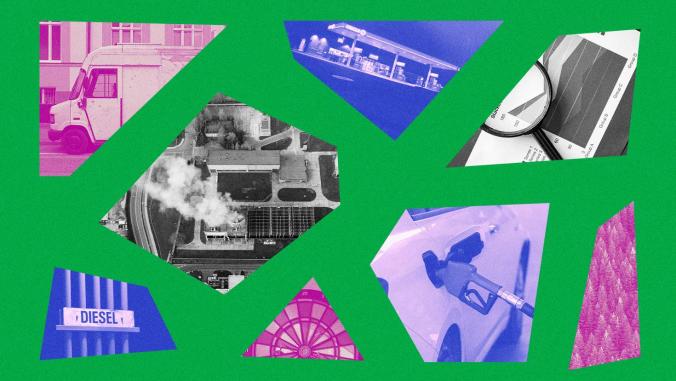Cisco and Nice say bonjour to a smarter city
<p>This vacation hotspot in the French Riviera is connecting wireless senors to enhance parking, lighting and environmental monitoring.</p> <p> </p>

Nice beach by dalbera/Flickr
Nice, the Mediterranean seaside resort and France's fifth largest city, is embarking on a year-long smart city proof-of-concept. It's partnering with Cisco and several companies involved with sustainable urban development through an alliance called Think Global.
The project, "Connected Boulevard," is testing multiple applications such as smart parking, waste disposal, lighting efficiency and environmental monitoring. All of them build on information generated by approximately 200 wirelessly connected devices and sensors deployed along the 800-yard-long Boulevard Victor Hugo.
"The goal is to define new applications, usages and business models," said Olivier Seznec, chief technology officer for Cisco France.
In particular, the municipal government seeks to document specific ways in which these applications -- and others not yet defined -- may generate cost savings or new revenue for this city of about 550,000 inhabitants. That information is necessary to help justify a deeper investment.
"If we are not able to come out with a sound business model, it would be difficult to finance this," Seznec said.
 "For Nice to continue welcoming millions more visitors and companies while ensuring a high quality of life, using Internet intelligence is key," Nice Mayor Christian Estrosi said during a media tour of the project in late June. "Many more things are going to get connected between people, with and between objects, creating valuable interactions and processes including that of public administration. Our ability as a city to harness this data is crucial to understanding what's going on in real-time and to enhance a multitude of services for city-dwellers."
"For Nice to continue welcoming millions more visitors and companies while ensuring a high quality of life, using Internet intelligence is key," Nice Mayor Christian Estrosi said during a media tour of the project in late June. "Many more things are going to get connected between people, with and between objects, creating valuable interactions and processes including that of public administration. Our ability as a city to harness this data is crucial to understanding what's going on in real-time and to enhance a multitude of services for city-dwellers."
For example, tests of smart parking services help visitors and residents find available spaces more quickly. Early results suggest that thesecould reduce traffic congestion by up to 30 percent, generate new revenue and reduce air pollution.
By calibrating the streetlights to mirror pedestrian and traffic activity or accommodate changing weather conditions such as fog, the city could cut electricity related to lighting between 20 percent and 80 percent.
Nice also could introduce location-based services, pointing to comfort zones where visitors or citizens might find sunshine or shade, depending on their personal preference or health needs, Seznec said. "The city owns and hosts the data, and decides what it wants to expose in a service," he said.
Multilayered solution
 According to the information provided by Cisco and other partners with Nice, the technology that will enable these services requires four specific layers:
According to the information provided by Cisco and other partners with Nice, the technology that will enable these services requires four specific layers:
- Layer 1: Context-aware sensors and mobile devices (such as smartphones or tablet computers) connected with wireless mesh technologies
- Layer 2: A distributed data capture, storage and analytics platform, Cisco Connected Mobile Experiences
- Layer 3: Open-standard application programming interfaces that allow developers to create services and applications and use the data
- Layer 4: The applications
The network and sensors were deployed by Cisco and Think Global, which includes several technology companies focused on smart city projects. Among those involved in that collaboration are Citelum, a lighting and energy management technology company; Egis, a sustainable urban development company; Urbiotica, which has developed a platform called the City Operating System; and Sude.
Other application developers involved in the pilot project include weather applications developer Meteosim, geographic information systems provider Mappy, data center integrator and service provider NextiraOne and translation service developer GeekGaps.
During the next few months, the Nice experiment may be expanded to include other sorts of sensors, such as those tracking wind speeds, Senzec said. Other cities are being targeted for similar solutions, but no specific plans are in place, he said.
Image credits: Nice coastline by dalbera via Flickr; mayor and sensor via Ville de Nice





